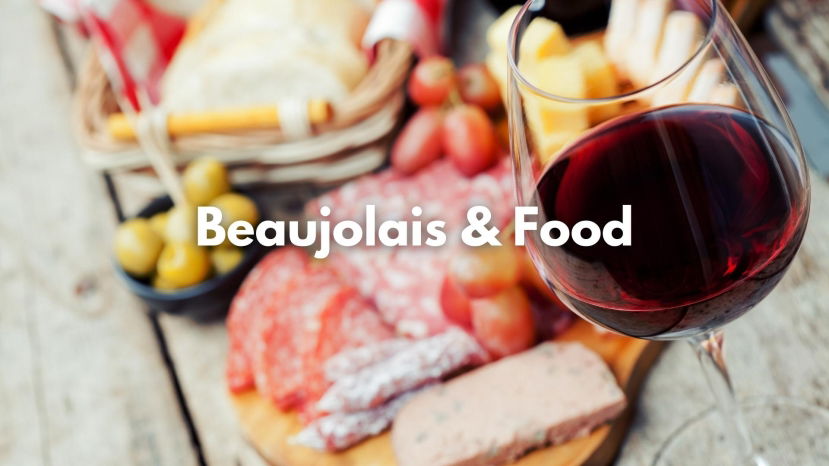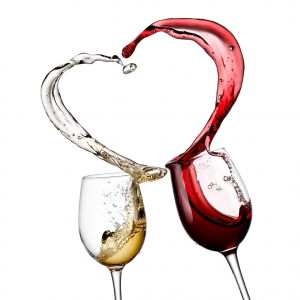BLOG
beaujolais wines
Summary: Once thriving and celebrated around the world the Beaujolais wines are sometimes today looked down upon. Laying in between Burgundy and Côtes du Rhone this region still produces some amazing white, rosé and red wines and benefits from the culinary influences of the French Capital of Gastronomy: Lyon. Starting with Beaujolais Nouveau and travelling thru the different crus you
If you are planning a romantic Valentine’s Day celebration and want to impress your partner with the best possible wine for the occasion, overlook everything you think you know about wine pairing. Forget choosing a red to match the steak or a white for the flounder. Lose the Champagne with chocolate (seriously, lose that one) and ditch any dessert ideas. The key to a successful Valentine’s Day is...


